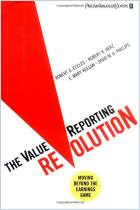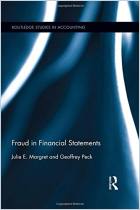
Executive Finance and Strategy
How to Understand and Use Financial Information to Set Strategic Goals
Recommendation
Financial strategy is a critical part of running any business. Nonfinancial managers, board members and executives must understand how this strategy improves their overall operations. Auditor and consultant Ralph Tiffin’s manual – complete with tables, case studies, accounting examples and definitions – addresses UK accounting rules more than US accounting standards, but is useful in either market. He offers solid strategic information that enables managers to see the impact of their firm’s strategy, behavior and ethics as reflected in its financial documents. Tiffin’s measured style can be dry and sometimes heavy going, but getAbstract recommends his basic compilation to nonfinancial managers and executives seeking full access to the valuable information inside corporate financial reports.
Summary
About the Author
Ralph Tiffin is principal of McLachlan + Tiffin, an auditing firm, and director of Tiffins.com, a training and consulting company.




















Comment on this summary